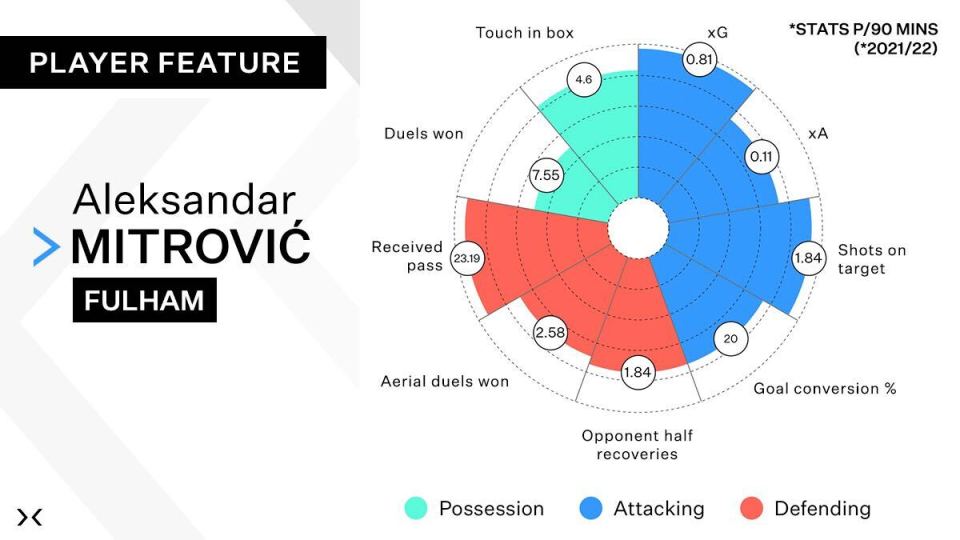Decoding football’s transfer market: How can clubs reach objective player valuations?

As football’s transfer window enters its final few days, one question certain to be at the centre of discussion is: how do you arrive at a fair and accurate valuation for a player?
Is Everton’s young attacker Anthony Gordon, for example, worth the £60m that Chelsea are said to be willing to spend on him? At what figure would Manchester United be overpaying for Ajax’s Brazilian winger Antony? What sum can Wolves command for Arsenal target Pedro Neto?
The problem with all of these questions is that they have traditionally relied on the subjective assessments of scouts, managers and club executives. And, as with many transactions, the answer is ultimately determined by the market.
Objective valuations are available, although some of the better known ones have their limitations. Transfermarkt, for instance, relies on human estimates which can often be wide of the mark. The CIES Football Observatory, a Swiss-based academic institute, uses statistical modelling yet still seems to overestimate the value of some players and understate others.
A British start-up may have the solution, however. Delphlyx, a football data analytics platform built to help clubs assess and compare players, has spent a year honing a valuation tool that has so far proven a very reliable predictor of transfer fees.
When Sevilla defender Jules Kounde moved to Barcelona this summer, Delphlyx valued him at up to £43m. He went for £45m, some way short of Transfermarkt’s estimate of £54m. CIES had priced Kounde at £65m a few weeks earlier.
Everton’s £32m signing of Amadou Onana last month was another case in point. While Transfermarkt placed the Belgium midfielder at just £9m, Delphlyx’s valuation of £29m-£35m proved to be spot on.
“Valuation models in football are incredibly difficult to build since there is no exact science,” Delphlyx founder Tom Randolph told City A.M.
“There is also the added complexity of human decision making affecting the price of a player. Who to and when you buy/sell can increase or decrease the value of a player greatly.
“Having said that, after a year of testing we believe our valuation model to be more accurate than others because of the amount of data it takes into consideration.
“We cut through the noise by looking at past transfers and have a unique understanding as to how on and off the pitch metrics will impact the value of a player.”
Why player valuations matter to banks too
Delphlyx’s algorithm draws on a player’s profile, contract details and 100 performance metrics as well as injury record and more than 200,000 historical transfers.
The London-based company launched in earnest last year and now has around 25 clients ranging from iconic Brazilian club Santos to Championship team Coventry City and Italian media outlet Corriere dello Sport.
Randolph, who previously worked in the Premier League with Huddersfield Town, says accurate valuations are even more important outside the gilded English top flight.

“The most efficient way to grow is through player trading,” he added. “As a decision maker at the club it is vital you have data-driven player valuations so you know the true value of those you are buying and selling.”
And it is not just those employed in the football industry who need reliable valuation data. “It is also starting to gather interest from financial institutions who are hedging against loans made to clubs for player transfers,” Randolph said.
So what of Gordon and Antony and Neto? Delphlyx values them at £32m-£38m, £40m-£46m and £42m-£52m respectively. Though not a precise science, the days leading up to the 1 September transfer deadline should show how far objective valuations have come.
